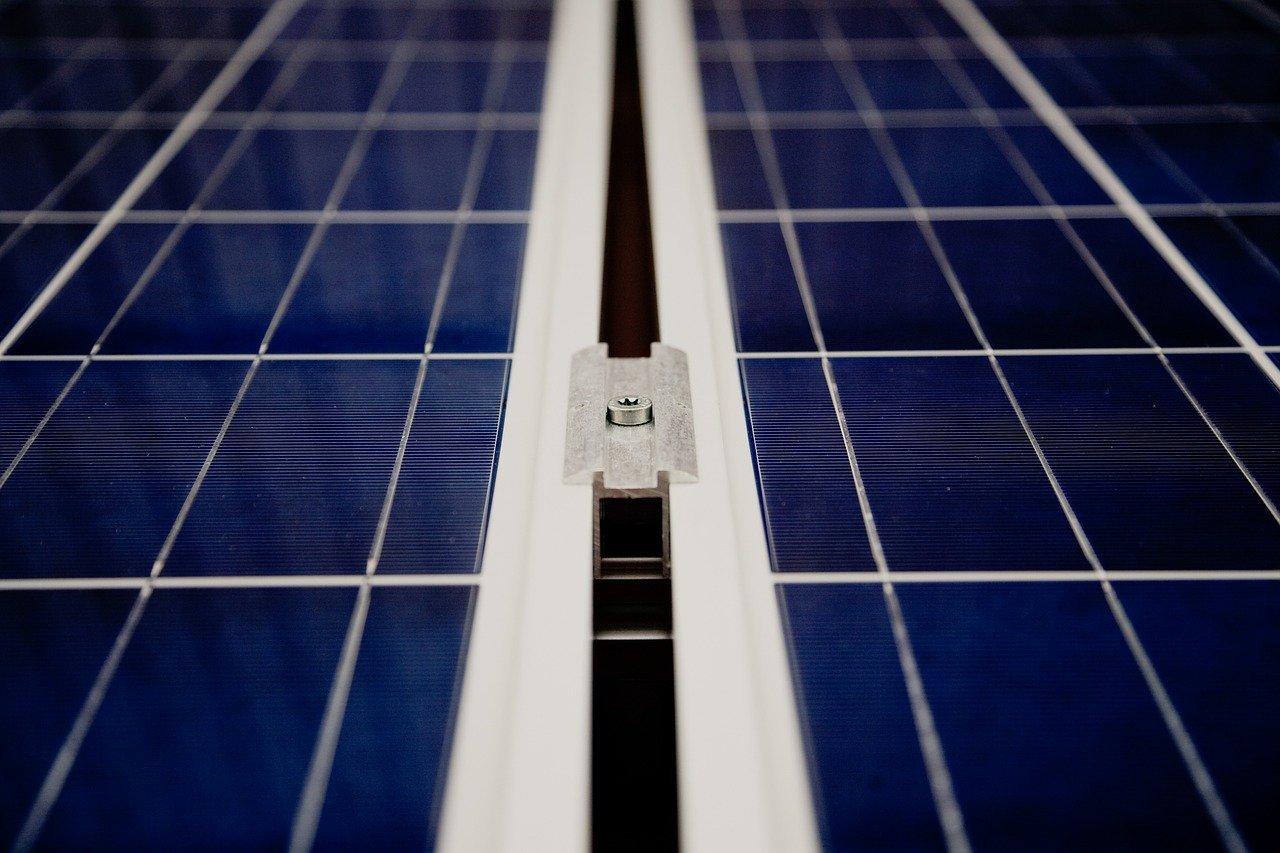When using rapid silicone mold casting with epoxy resin, defects are common due to vacuum casting and the reliance on manual, experience-based operations. The primary defects include:
Incomplete Product Filling
Incomplete filling of products in vacuum casting services can be attributed to several factors:
- Unreasonable Mold Structure: Dead zones can form where air is trapped, preventing the proper filling.
- Initial Temperature of Mold and Materials: If too low, the increased viscosity of the material affects its flow rate, causing it to solidify before fully filling the mold cavity.
- Exceeding Operational Time: If the casting operation exceeds the material’s workable time, the material begins to solidify and becomes too viscous, leading to incomplete filling and forming.
To address these defects, the mold structure should be designed reasonably, with vent holes or risers in areas prone to dead zones. The initial temperature of the mold and materials should be controlled within a specific range. Additionally, the mixing and casting operations should be completed within the material’s workable time limit.
Excessive Bubbles in Products
Several factors contribute to the presence of bubbles:
- Merged Gas in Epoxy Resin: Complete removal is difficult, and additional air is introduced during the mixing of resin, hardener, and thinner. The thinner (acetone) evaporates during curing, leading to bubbles.
- High Viscosity of Epoxy Resin: Even after adding hardener, the increased viscosity traps bubbles, which cannot escape before the resin solidifies.
Bubbles also arise from improper mold design, incorrect casting techniques, impurities in materials or molds, and improper use of release agents. Preventing this defect involves degassing the mixed resin in a vacuum-drying oven, employing correct casting techniques, and designing the mold with appropriate vent holes or risers. If unavoidable sharp corners exist in the product, vent holes or risers can help expel trapped gas.
Excessive Flash
Excessive flash is mainly due to insufficient mold clamping pressure and poor precision at the parting line. This can be resolved by adjusting the clamping force and reducing the curing and melt temperatures to minimize the impact of volume expansion during the curing reaction.
Poor Dimensional Consistency
Manual casting processes make it difficult to control manufacturing parameters. Early demolding, insufficient post-curing time, and mold misalignment can lead to poor dimensional consistency. Uneven curing oven temperatures can also cause localized shrinkage.
To avoid these defects, operators must be proficient in process control, ensuring accurate mold alignment and uniform curing oven temperatures. High-precision equipment that integrates casting and molding can help reduce human error.
Warping and Deformation
Warping and deformation occur due to:
- Unreasonable Product or Mold Structure: Local stress concentrations.
- Uneven Mold Temperature Distribution: Localized high temperatures cause inconsistent stress during curing.
- Uneven Material Mixing: This leads to localized resin-rich areas resulting in the laminate effect.
Preventing these defects requires a reasonable design to avoid local stress concentrations, ensuring even mold temperature distribution for consistent curing, and thoroughly mixing materials to achieve uniformity.
Surface Weld Lines
Weld lines on the product surface result from improper gate position, or excessively high mold or material temperatures, causing the material to solidify before fully merging. This defect can be mitigated by selecting the appropriate gate position and reducing mold or material temperatures.
Conclusion
Vacuum casting is a great method to manufacture low-volume production runs for functional prototypes and plastic parts and helps you strike the right balance between high-quality, end-user parts and production lead time.
The vacuum casting process and relatively inexpensive tooling involved make it easy and economical for any necessary engineering prototypes verification and design changes. Additionally, these would be used to do function testing before testing the mass production products and issue reports or even get any certification approval.







